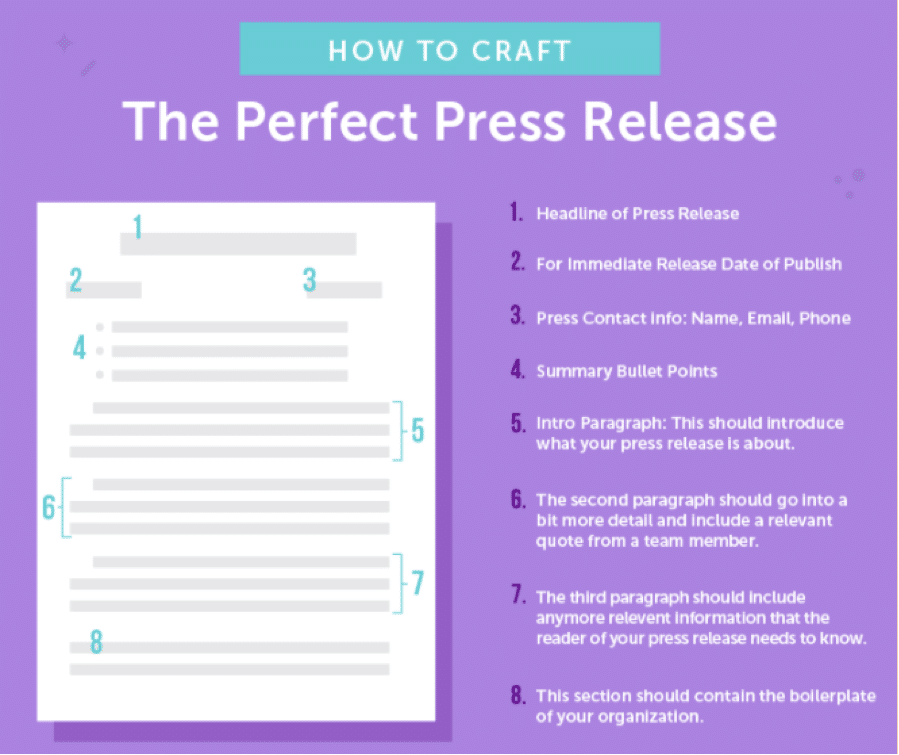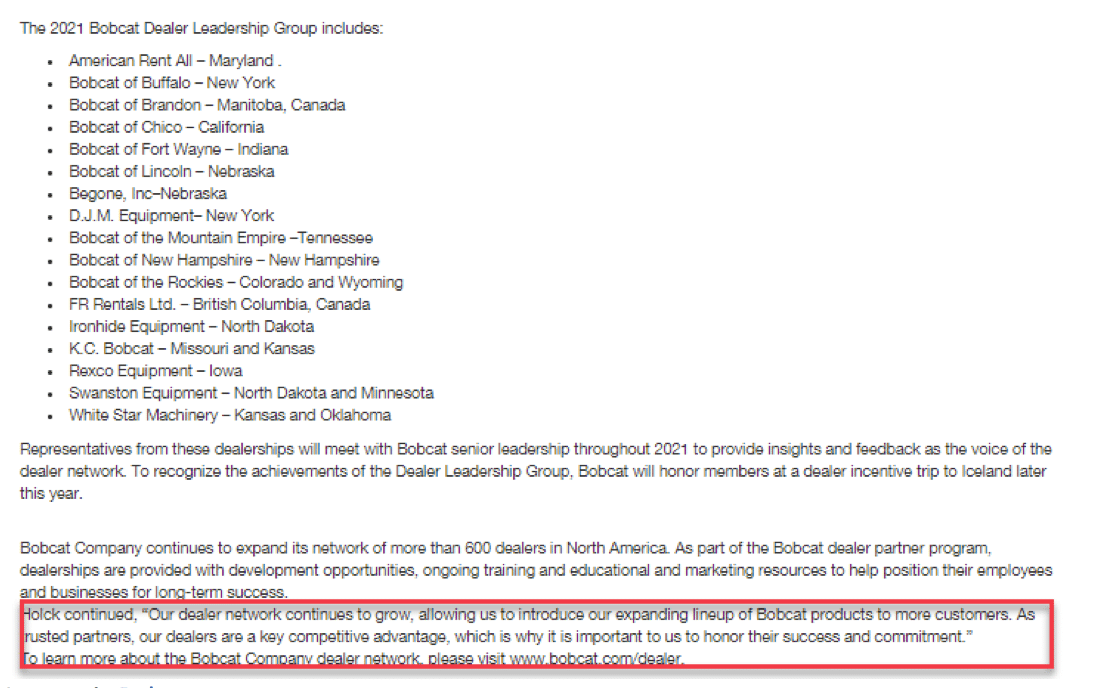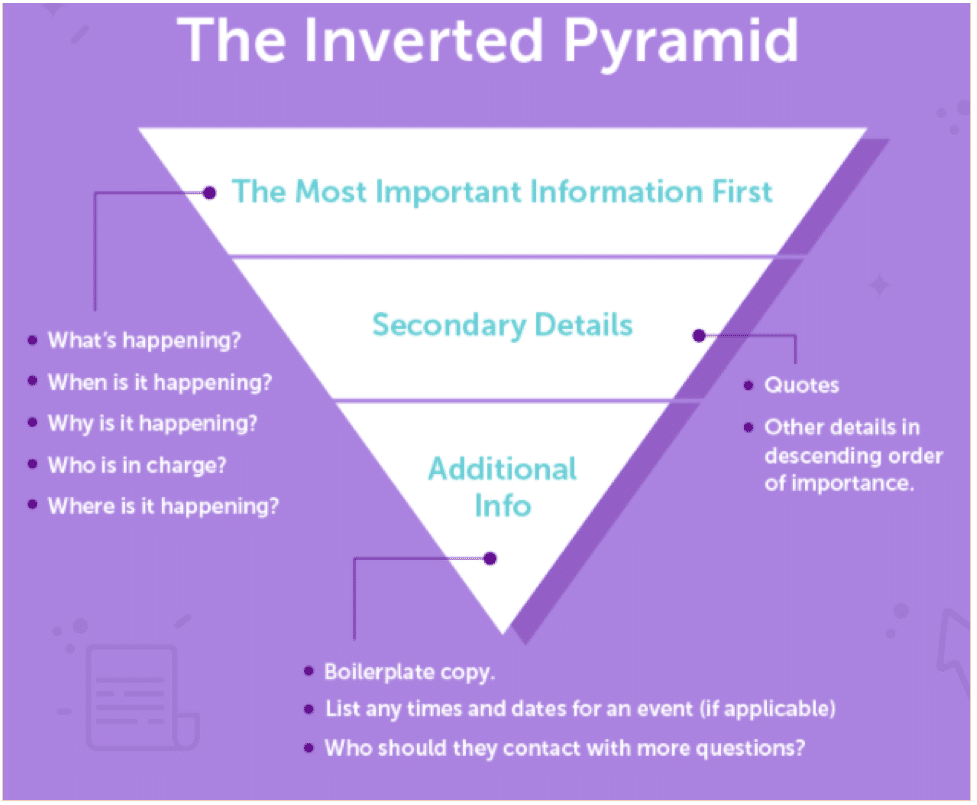All PR professionals should understand how to write effective press releases. Why? Because press releases:
- Garner media coverage.
- Are a cost-effective promotion tool.
- Help launch new products, break news, and manage crises.
- Boost brand awareness and reputation.
- Help build backlinks with trusted news sites
In short, press releases are great sales tools.
If you want all of the above benefits for yourself or your clients, you need to learn the art of writing press releases. Luckily, you’ve found the right post. Here, you will learn about the format and best practices of writing press releases. Let’s get started.
Press releases are written by individuals or businesses to share news, launch products/features, and manage crisis situations. Typically spanning 400-500 words, press releases are read by journalists and editors. With the right kind of media pitch, your press release may be published in magazines, newspapers, and journals and find a larger audience.
You can write a press release for the following events:
- Breaking company news
- Company events
- Winning coveted awards
- Product launches
- Announcing a partnership
- Sharing proprietary research
- Managing crises and putting rumors to rest by sharing first-hand information
What to include in a press release
There are some essential elements that should be included in a press release. By adhering to a standard release format, you help your target journalists to quickly find the information they’re looking for. Plus, they can decide whether or not your press release is publish-worthy without going through the entire piece.
Since journalists are busy people, they appreciate any effort that minimizes their labor, and writing well-formatted releases can earn you brownie points from them.
Here’s the anatomy of a well-formatted press release:
Image via CoSchedule
A typical press release contains:
1. An engaging headline
Your headline should be catchy, relevant to the target publisher’s audience, and keyword-rich. Try to keep it under 110 characters so that it fits neatly in a tweet.
2. A brief summary
Preferably, the summary should be in the form of a bulleted list to maximize readability and SEO.
3. An intro/lead paragraph
It’s the first paragraph below the summary and should contain the 5 Ws:
- What’s the news about?
- Who is involved?
- When did it happen?
- Where did it happen?
- Why is it important to the publisher and their audience?
Here’s what a great intro looks like:
Image via Doctors Without Borders
This lead paragraph works since it contains most of the 5 Ws and a hook to catch the public/journalist’s eye. At the same time, it doesn’t divulge all details, which helps pique curiosity.
While writing your lead paragraph, follow the “miniskirt rule”—it should be long enough to cover the essentials, but short enough to appear interesting.
4. Body content
The press release body should comprise 2-3 paragraphs, covering the news in detail.
It’s a good practice to support your content with reliable visual stats & sources &, not only to build reader confidence but also to get juicy backlinks from these external sites. I recommend that you cite all the links at the bottom of your press release and use appropriate anchor texts to incorporate them into the body.
Try to end your press release with a useful quote that can be reused as-is by journalists in their own stories. The less work you create for them, the better your chances of getting published
Here’s how quotes should be incorporated into a press release:
Image via Bobcat
It’s also a good idea to include one or two images in your press release to keep up the interest factor.
Anything else? Yes. If your press release is about launching a new product, focus on how your product helps readers. When you’re helpful to the masses, you’re interesting for journalists. At the same time, avoid adopting a salesly or promotional tone.
5. A boilerplate
A boilerplate works as your business card. It includes details about your company, such as its niche, vision, and contact person for further details. Make your boilerplate engaging and fun – you want to present your company in the best light.
Four tips for writing a great press release
If you want to write winning press releases, you need to adhere to a few best practices.
Such as?
1. Think like a journalist
To think from a journalist’s perspective, put yourself in their shoes.
Make critical information easy to find and provide value to their readers. Be succinct in your writing and follow the AP style guide. If you don’t have the requisite writing skills, don’t hesitate to hire professional writing services.
Last but not least, don’t overdo the pitch part. Your news might be a big accomplishment for you, but harping on your greatness will not get you anywhere with a busy editor who gets pitched greater stories daily.
2. Follow the “inverted pyramid” rule
State the most important information first, followed by secondary information. That’s why you need to focus on the summary and intro paragraph. Here’s a visual depiction of the “inverted pyramid” rule followed in most news items:
Image via CoSchedule
3. Select your press release format wisely
Your press release needs to be packaged well so that journalists/editors feel encouraged to open and read them. Most press releases are sent as PDFs or plain text files. But, interactive press releases are gaining popularity these days.
Let’s learn about the pros and cons of each format.
PDFs are compatible with most devices but are rather heavy and hard to export. Text files look unattractive and are hard to track (you can’t measure how many people actually read your release).
Interactive press releases are easy to copy and edit. They come with social-sharing buttons and drag-and-drop elements. Moreover, their analytics panel can help you track views, simplifying the PR measurement process.
4. Find a story angle
Your story should have an interesting angle that prompts people to read them till the end.
Here are some angles to explore in your story:
- Local Impact: Does it impact the local community?
- Conflict: Does it present another side to a burning conflict?
- Progress: Does it depict the progress made in a certain area?
- Emotion: Can it evoke an emotional response from readers?
Find your angle and anchor your story around it.
Wrapping up
I’m sure you understand that press releases are relevant.
And, by now, you should be feeling confident about writing press releases. While there are many templates available, there’s nothing like the feeling of composing a great press release from scratch. My insights should help you nail yours in the first go.







